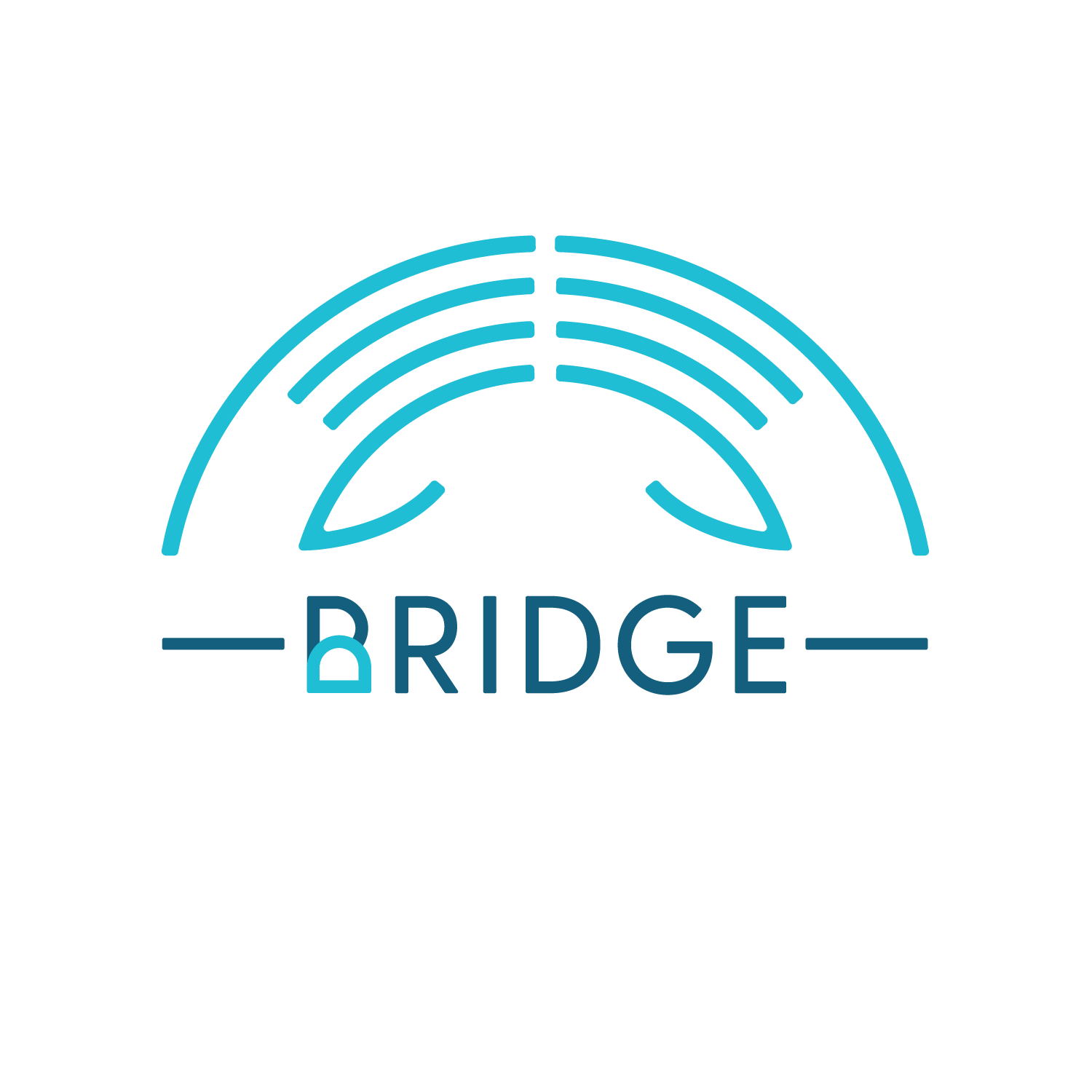Bridge Blog
Bridging the Knowledge Gap
Our mission at Bridge2PT is to provide a revolutionary Physical Therapy experience for both our patients and our practitioners. We want this to feel like nothing you've ever experienced in Physical Therapy before. In order to provide this superior experience, we feel it is our responsibility to help educate our communities about the benefits of mobile, one-on-one care with a Doctor of Physical Therapy that is truly focused on your healing journey. We intend to use this blog, Bridging the Knowledge Gap, to deliver the information we feel will help you make the decision that mobile Physical Therapy with Bridge2PT is right for you

Do You Take My Insurance? Why Your Health Insurance Isn't Helping
One of the most common questions patients have when talking about starting a course of care with a new physical therapist is, “do you take my insurance?” When selecting a physical therapy provider, the status of the provider as an “in-network” versus “out-of-network” provider can also affect how your insurance will play a role in payment for services. While at first glance it can seem like an out-of-network provider will come at an additional cost, that turns out not to be the case for most patients. Here are some of the main points to consider when selecting your Physical Therapist... Read More

Squat Depth - How Does it Affect Strength, Function, and Pain
I often question whether I should be allowing my patients with knee pain to perform partial or “half squats.” My thought has been that if I can load and strengthen them in the partial range, hopefully this will provide pain relief, and an eventual carryover into a deeper and more functional squat range. This article (found here) suggests this may not always be the case. Researchers found, not surprisingly, that a 10-week resistance training program of “full squats” was superior to “parallel” and “half squats” as measured by 1-rep max, jump tests, and sprint tests. The “half squat” group was the only group to show no increases in strength or functional performance at all.
More surprisingly to me, they found that the “half squat” group was also the only group where participants reported significant INCREASES in pain, stiffness, and physical functional disability.
Admittedly, this study was performed on “healthy resistance-trained men,” and cannot therefore precisely dictate how my patients with pain, OA, and other complicating factors may respond. This does get me thinking, however, about whether I should shift my focus to unloading squats for my patients (with TRX assist, total gym squats, light leg press, etc) and encouraging them to achieve as close to “full squat” range as possible. This recommendation comes with an expectation that this will provoke some level of pain, but that the pain should only be of mild to moderate intensity and should not be a source of increased fear about their knees. As the research findings suggest, this focus on full depth squats will likely be more beneficial in managing pain, increasing strength, and improving their functional limitations.
Phone: (818) 436 - 6426 - [email protected]
© Copyright @2021 Bridge2PT, All Rights Reserved
